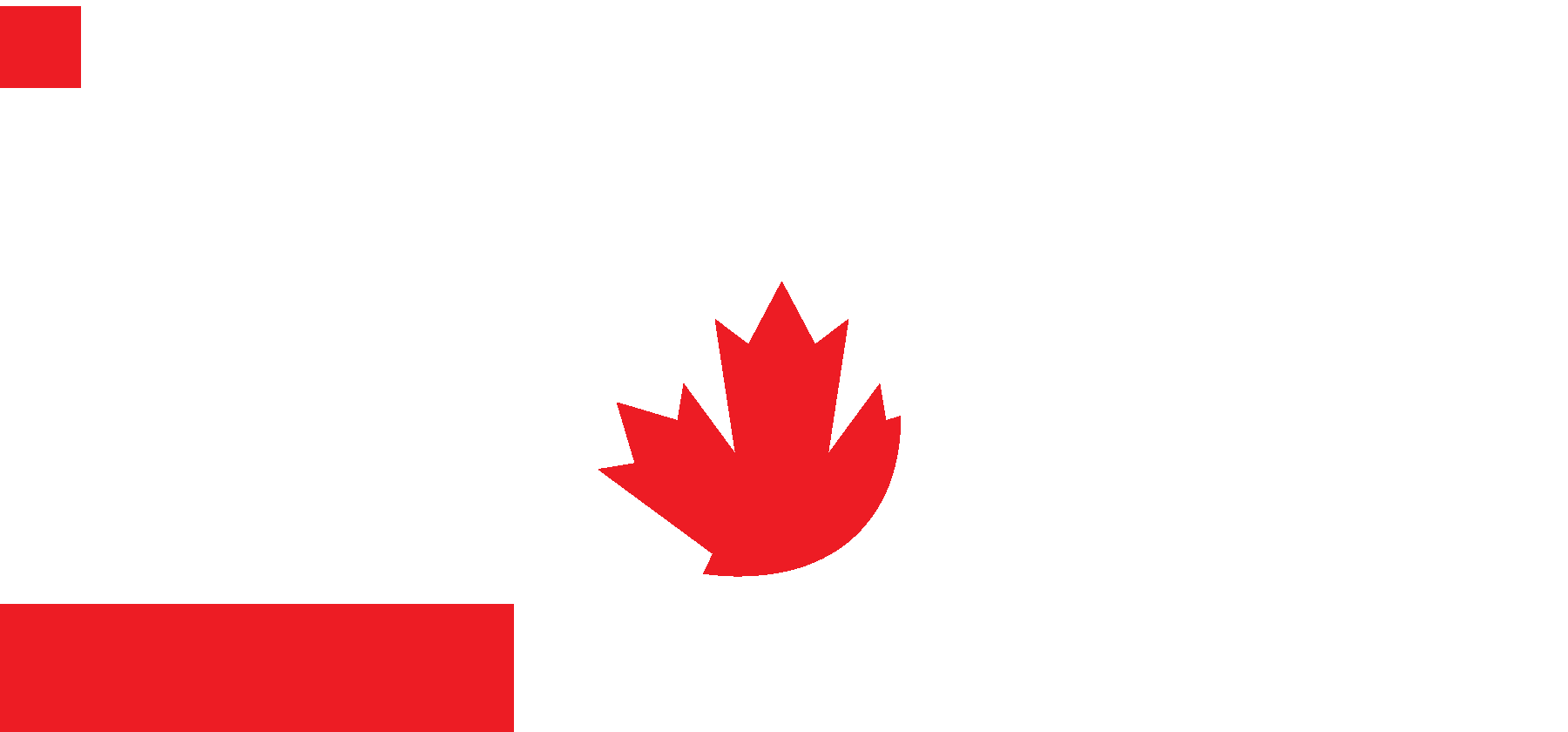
US productivity grew at 2.2 per cent annual rate in 2nd quarter, faster than previously thought
WASHINGTON – U.S. companies got more output from their workers this spring than initially thought. The modest gain in productivity may mean that hiring could stay sluggish this year.
The Labor Department said Wednesday that productivity increased at an annual rate of 2.2 per cent in the April-June quarter, up from an initial estimate of a 1.6 per cent gain. Labor costs rose at an annual rate of 1.5 per cent, slightly lower than the 1.7 per cent initially estimated.
The government said the economy grew at an annual rate of 1.7 per cent in the April-June quarter, up slightly from an initial estimate of 1.5 per cent. The increase led to higher productivity gains. Productivity is the amount of output per hour worked.
Rising productivity can boost corporate profits. It can also slow job creation if it means companies are getting more from their current staff and don’t need to add workers.
Still, there are limits to how much companies can squeeze from their staffs. When that happens, productivity slows and company typically must hire more workers to keep pace with demand.
Productivity declined 0.5 per cent in the January-March quarter. One reason productivity improved in the second quarter is hiring slowed to just 75,000 jobs a month from April through June. That’s down from an average of 226,000 a month in the first quarter.
U.S. employers added 163,000 jobs in July, the best month of hiring in five months. The unemployment rate edged up to 8.3 per cent. Hiring probably won’t accelerate from that level unless growth picks up or productivity slows, economists say.
The government will release the August employment report on Friday. Economists forecast that the economy added 135,000 jobs last month, and the unemployment rate stayed at 8.3 per cent.
The Federal Reserve closely follows changes in productivity and labour costs to make sure that inflation pressures are not getting out of control.
Over the past year, productivity has risen 1.2 per cent. That is far below the 3 per cent average productivity growth turned in during 2009 and 2010. Those gains were a result of massive job layoffs during the recession as companies slashed costs in the face of falling demand.
Economists said higher productivity is typical during and after a recession. Companies tend to shed workers in the face of falling demand and increase output from a smaller work force. Once the economy starts to grow, demand rises and companies eventually must add workers if they want to keep up.
Join the Conversation!
Want to share your thoughts, add context, or connect with others in your community?
You must be logged in to post a comment.


















